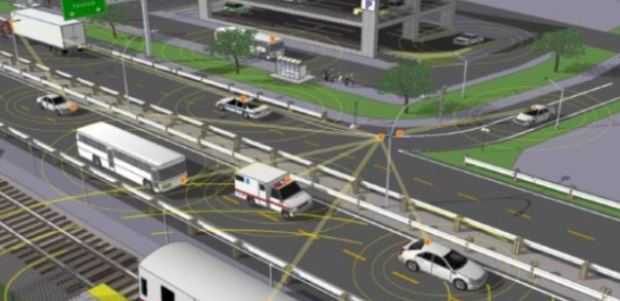
Seven Cities Vying for Smart City Prize
DOT plans to award up to $40 million, subject to future appropriations, to a winning city after their mayors make their "final pitch" on June 9 in the Smart City Challenge.
DOT's Smart City Challenge is coming down to the wire. At 2 p.m. EDT June 9, mayors of the seven finalist cities – Austin, Columbus, Denver, Kansas City, Pittsburgh, Portland, and San Francisco – are scheduled to make their final pitch for why their city should be selected as the winner. DOT will award up to $40 million, subject to future congressional appropriations, to help create a "fully integrated, first-of-its-kind city that uses data, technology and creativity to shape how people and goods move in the future."
Information about the challenge is available here, and DOT is using the hashtag #SmartCityPitch to continue the conversation about the initiative.
In September 2015, U.S. Transportation Secretary Anthony Foxx had announced that New York City, Wyoming, and Tampa, Fla., would receive up to $42 million for next-generation technology in infrastructure and in vehicles to share and communicate anonymous information with each other and their surroundings in real time, with DOT predicting then that the measure could cut unimpaired vehicle crash rates by 80 percent.
New York City then planned to install Vehicle to Vehicle (V2V) technology in 10,000 city-owned vehicles and Vehicle to Infrastructure (V2I) technology throughout midtown, while $17 million was awarded to Tampa in order to solve rush-hour congestion downtown and to protect pedestrians by tying the same information to their smartphones that is put in vehicles. Wyoming would focus on the efficient and safe movement of freight via V2V and V2I technology.